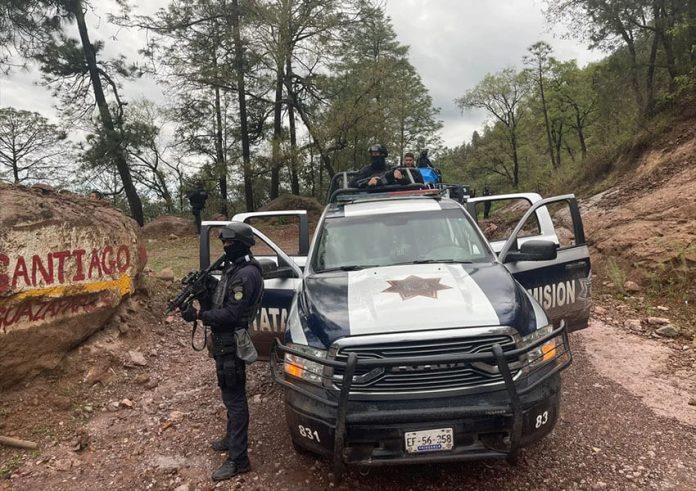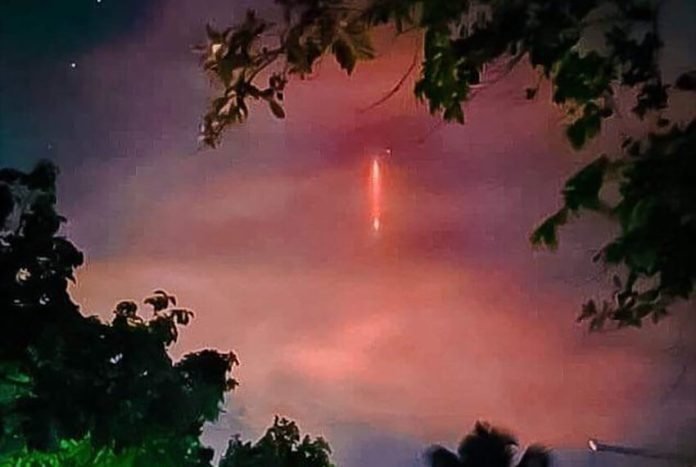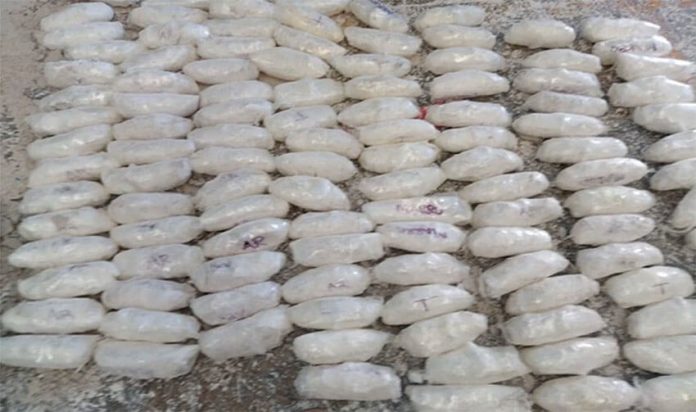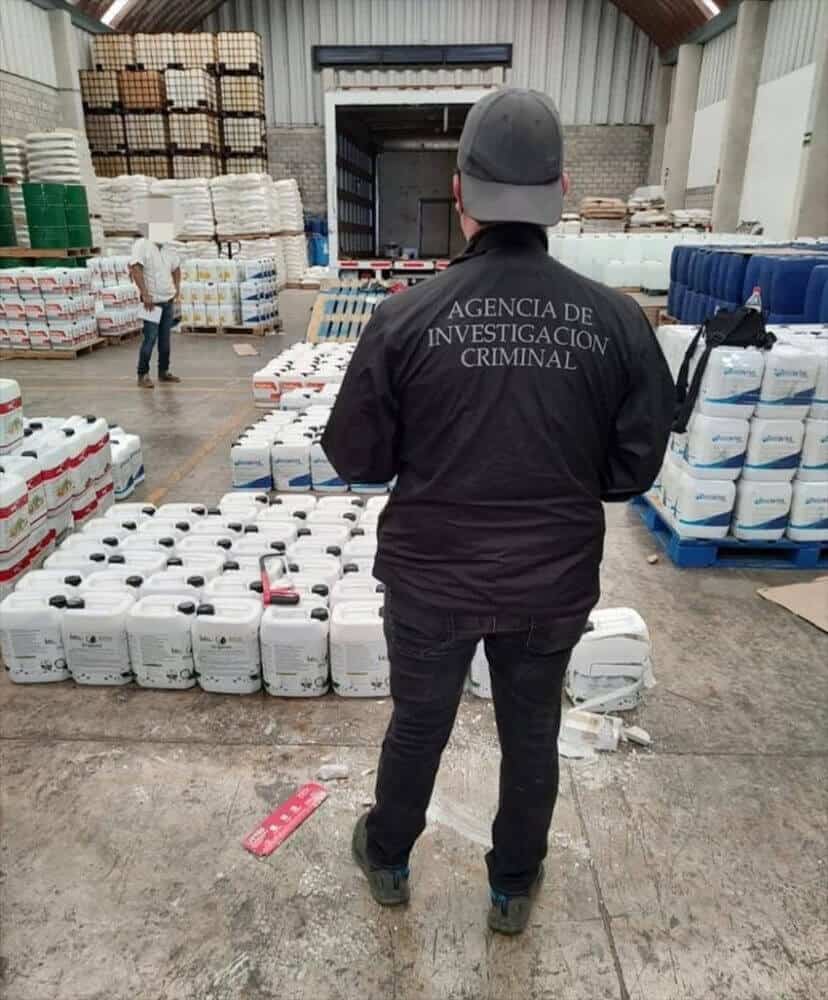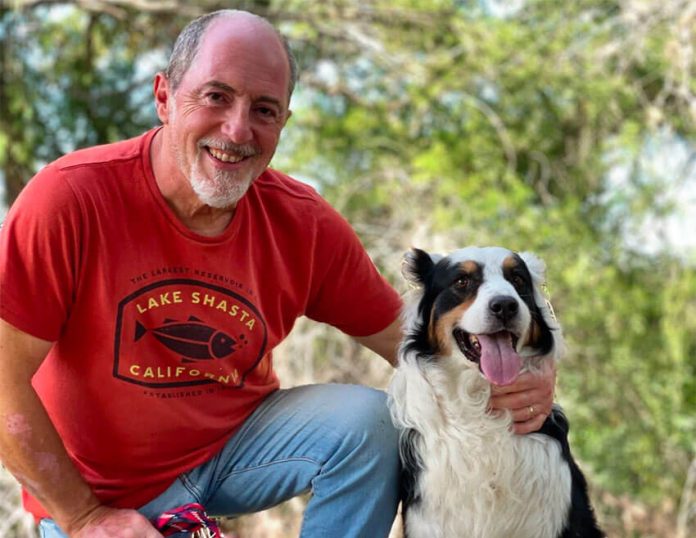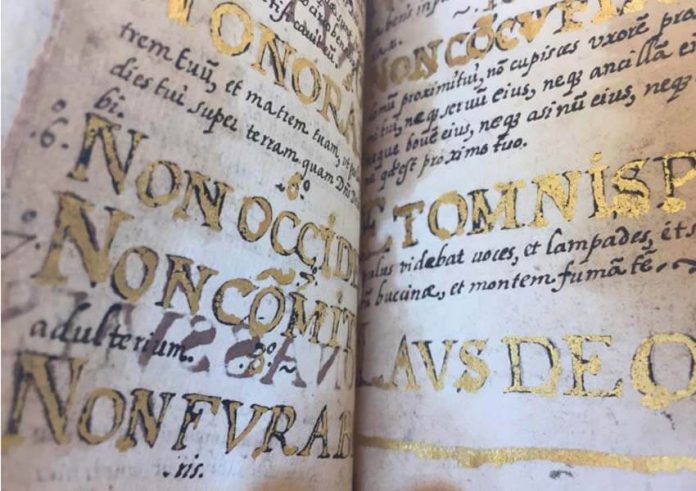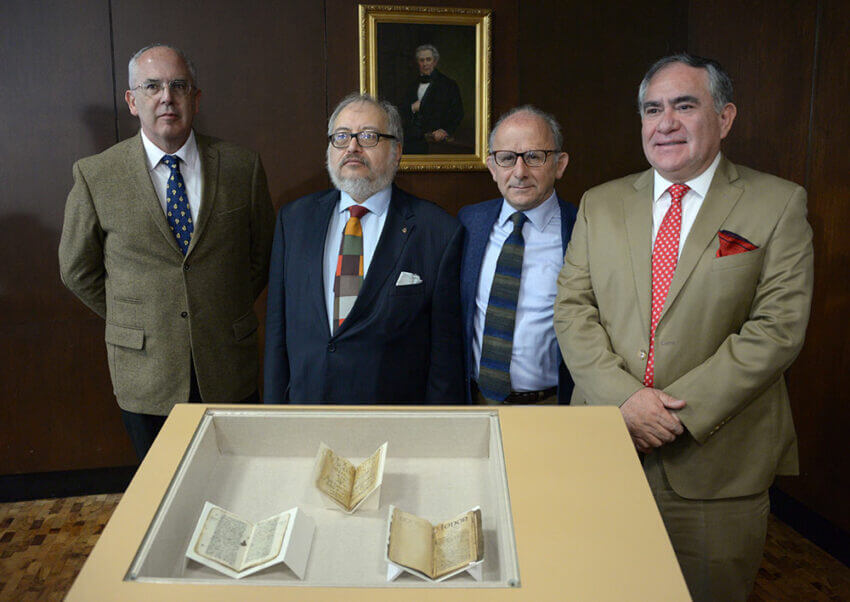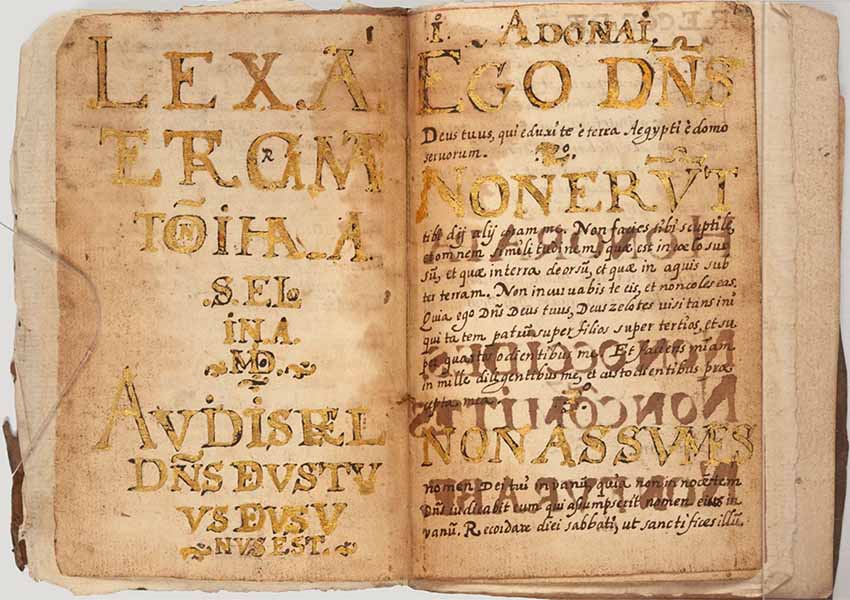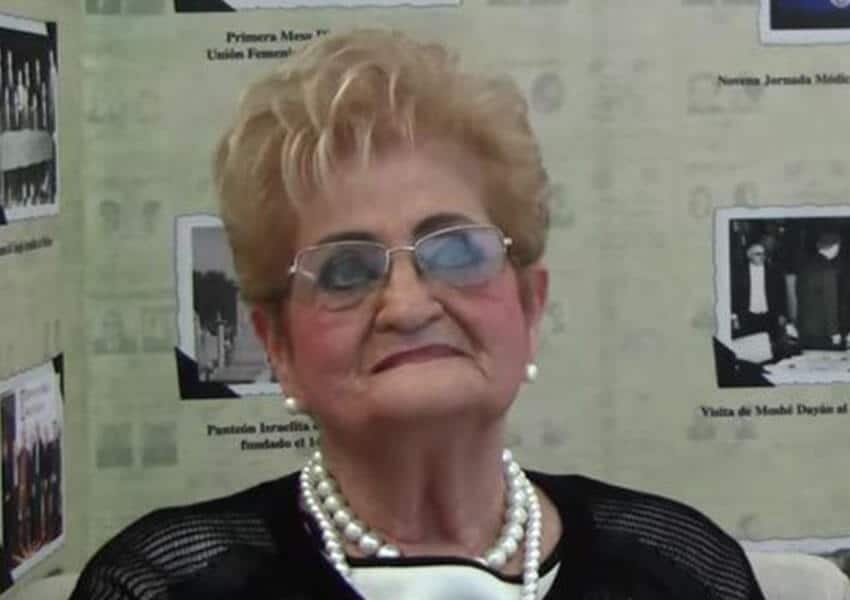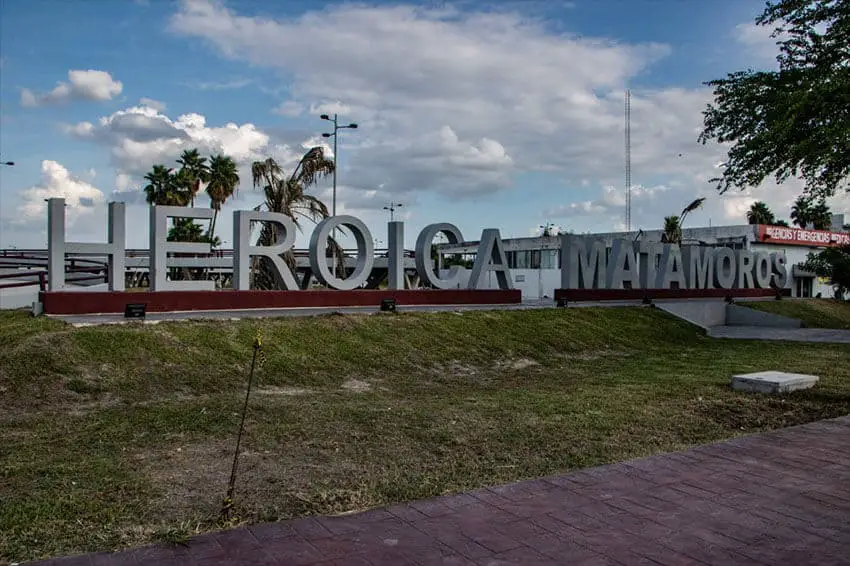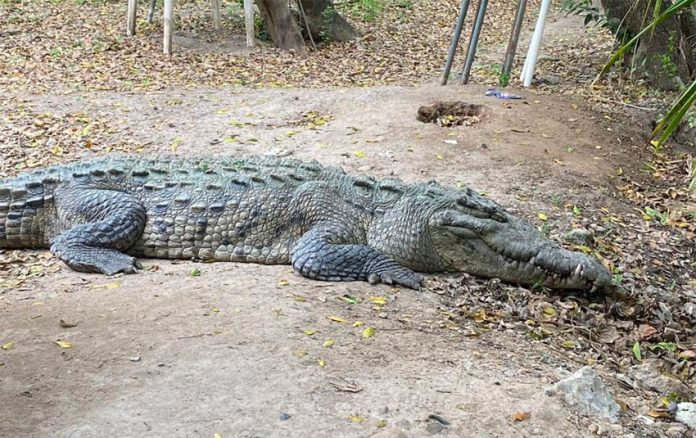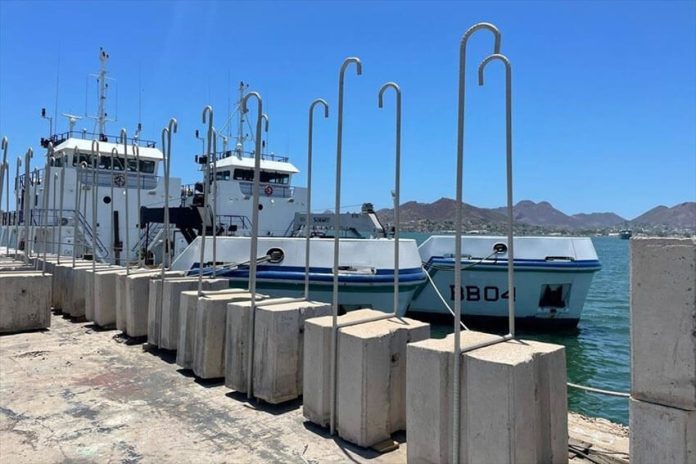Complicity with municipal police allowed the alleged murderer of two priests to seize criminal control of a significant part of the Sierra Tarahumara region of Chihuahua, according to state authorities.
José Noriel “El Chueco” Portillo Gil – the 30-year-old presumed leader of a Sinaloa Cartel-affiliated criminal cell called Gente Nueva (New People) – is accused of murdering two elderly Jesuit priests and two other men in the municipality of Urique last month.
According to a Milenio newspaper report, Chihuahua authorities have established that Urique police were in cahoots with Portillo, who is also accused of murdering a United States citizen in 2018. That complicity appears to have been facilitated by El Chueco’s uncle, who is the municipal police director in Cerocahui, the town were the priests as well as a tour guide and a 22-year-old man were murdered.
Chihuahua Attorney General Roberto Fierro Duarte said in an interview that Portillo’s association with police afforded him power and impunity in the area. The presumed gangster is now in hiding as federal and state authorities conduct an extensive manhunt in the region.
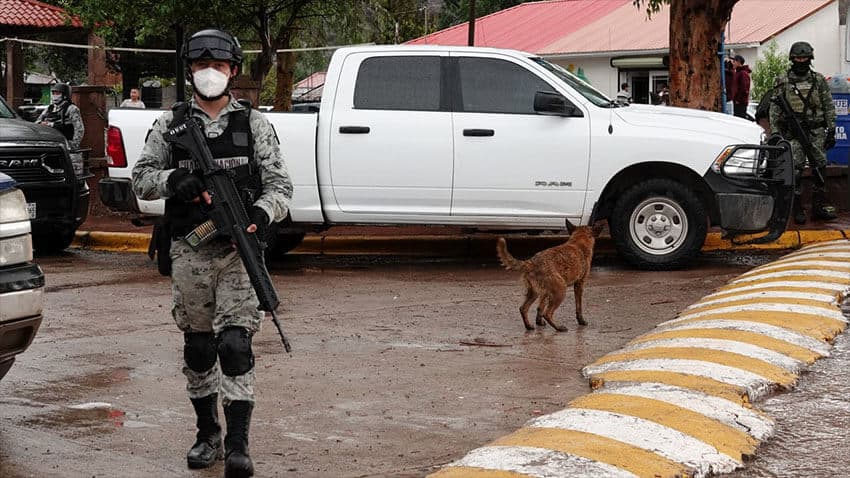
While Portillo has so far remained elusive, authorities have detained 13 other people with links to him and his crime group. Among those who have been arrested are a cousin of El Chueco and a sicario, or cartel gunman, both of whom were in possession of Urique police force firearms. Neither gun had been reported as missing or stolen.
Chihuahua Security Minister Gilberto Loya told Milenio that it was “very important to determine legally what happened to those weapons.”
As a result of the weapons seizure, the state Security Ministry and the army conducted a review of the Urique municipal police force and discovered that many of its officers hadn’t passed control and confidence tests and therefore shouldn’t have been working as police, let alone carrying weapons. The authorities consequently seized a total of 56 firearms and ammunition that had been carried by the unaccredited officers.
Loya stressed that the police force shouldn’t have had weapons for 50 officers when fewer than 20 had passed the tests required to carry them. For the same reason, authorities seized 23 firearms and ammunition from police in the Sierra Tarahumara municipality of Maguarichi.

Loya said it was important to confiscate weapons that may have been more at the service of organized crime than police officers dedicated to protecting their communities. He said that he has advised all municipal police forces in Chihuahua that they must present documentation within two weeks showing that their officers are certified to carry weapons.
The security minister also told Milenio that he is confident that Portillo will be apprehended soon. “The days of freedom he enjoys today are numbered,” Loya declared.
Assisted by three army helicopters, some 1,000 soldiers as well as a navy-trained state police SWAT team are currently searching for the accused murderer in the Sierra Tarahumara. “We’re going to caves, ravines, abandoned mines, [looking] between mountains [and] in the most remote places in the entire Sierra,” said Chihuahua Attorney General Roberto Fierro Duarte.
“We’ll capture him without a doubt,” the official asserted, although he conceded that authorities have a challenge on their hands. “This individual knows the Sierra very well. In addition he has lookouts and a range of [other] people … who allow him to escape quickly,” he said.
Authorities believe that Portillo – for whom a reward of 5 million pesos (US $243,000) has been offered for information leading to his arrest – is still in the Sierra Tarahumara region, but have nevertheless expanded their search to other parts of the state and country.
“We haven’t just been looking for him in … [the surrounds of] Cerocahui or Bahuichivo,” Loya said, referring in the second case to a small town where El Chueco owns a luxury home.
“… We’ve broadened [the search] to the rest of the state and other states of the republic and … [he’s also sought] in the United States.”
With reports from Milenio
